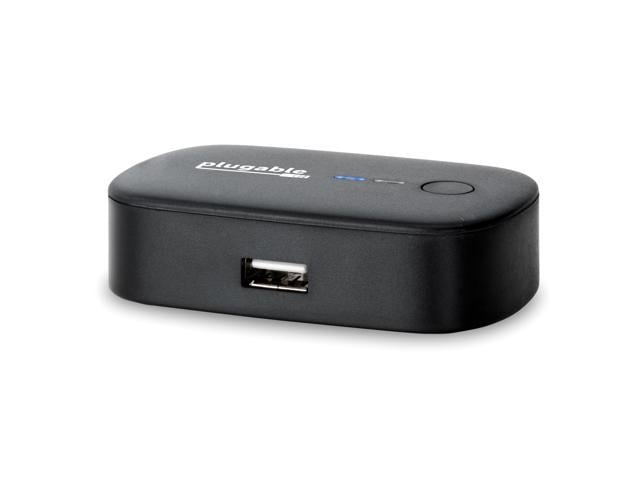Foreword Several years ago I attended a special conference on intrusion detection in McLean, Virginia. Each attendee was assigned to one of four teams charged with assessing the state of the art and making recommendations for future research in various areas related to intrusion detection. At the end, a representative from each team presented the output of that team’’s work to all attendees. Although each team’’s report was very interesting and worthwhile, the malicious code team’’s assessment of progress in that area particularly caught my attention. This team’’s conclusion was that not much genuine progress in characterizing and identifying malicious code had been made over the years. Given that viruses have been in existence for at least two decades and that all kinds of malicious code has been written and deployed “in the wild,” it would not at all have been unexpected to hear that great strides in understanding malicious code have occurred to the point that sophisticated programs can now accurately and efficiently identify almost every instance of malicious code. But such was not the case. Some researchers who were not at the conference would undoubtedly disagree with the malicious code team’’s assessment, but I am confident that they would be in the minority. A considerable amount of work to better identify and deal with malware is underway, but genuine progress in understanding and detecting malware has indeed been frustratingly slow. The irony of it all is that today’’s computing world is saturated with malware. Viruses and worms are so prevalent that newspaper, magazine, and television accounts of the “latest and greatest” virus or worm are now commonplace. Even young computer users typically understand basically what a virus is and why viruses are undesirable. “Create your own virus” toolkits have been available for years. Public “hacker tool” sites, relatively rare ten years ago, are now prevalent on the Internet. Going to a “hacker tool” site to obtain malware is not, however, necessary for someone to obtain malware. In August 2002, the Computer Emergency Response Team Coordination Center CERT/CC reported that a perpetrator had modified copies of the source code for OpenSSH such that they contained Trojan horse routines. Unsuspecting users went to the OpenSSH site and mirror sites to download OpenSSH in the expectation that they would be tightening security by encrypting network traffic between hosts. Instead, they introduced routines within the OpenSSH source that allowed attackers to gain remote control of their systems. And even Ed Skoudis, one of the few people in the world who can identify virtually every type of attack and also the author of this book, Malware: Fighting Malicious Code, reports in the first chapter that he found several Trojan horse programs that performed brute force password cracking in one of his systems. Malware is not a rarity; it is prevalent, and the problem is getting worse. Malware does not exist in a vacuum–it cannot magically infuse itself into systems and network devices. Just as biological parasites generally exploit one or more weaknesses in the host, malware requires special conditions if it is to execute and then produce the intended results. Today’’s computing world, fortunately for the authors of malware but unfortunately for the user community, provides a nearly ideal environment. Why? Primarily, it is because of the many vulnerabilities in software that is commonly used today. Too many software vendors typically rush the software development process in an attempt to cut development costs and to get a competitive edge for their software products, thereby maximizing profits. The code they produce is often not carefully designed, implemented, or adequately tested. The result is bug-riddled software–software that behaves abnormally or, worse yet, causes the system on which it runs to behave abnormally, in many cases allowing perpetrators a chance to execute malware that exploits abnormal conditions and/or install more malware that does what perpetrators need it to do such as capture keyboard output . With virtually no government regulation of the software industry and a user community that naively continues to purchase and use bug-riddled software and too often fails to patch the bugs that are discovered in it, malware truly has a “target rich” environment in which it can flourish. Worse yet, a major change in the usability of cracking utilities has transpired. Not all that long ago, anyone who obtained a copy of a cracking utility usually had to struggle to learn how to use it. Most of the user interfaces were command line interfaces with a cryptic syntax that often only the author of a particular tool could master. Help facilities in these utilities was virtually unheard of. The result was difficult or impossible to use tools, tools that could be used by only “the few, the proud.” The level of security-related threat was thus not really very high. The us















